Maruti Suzuki Growth Powered by MPVs

The crossover craze isn’t limited to just North America.
Once in a while, we here at TTAC cast our gaze outward, beyond our shores. A quick cruise of global automotive news shows that Maruti Suzuki helped drive big growth in the multi-purpose vehicle (MPV) segment in India in 2019. Yep, people on the other side of the world like crossovers just as much as we do.
While much of the Indian automotive market saw contraction, with some segments in the double digits, MPVs saw a segment growth of 35 percent. The market share of these vehicles has risen from 5 percent to 8 percent. At its peak, the MPV’s market share was 10 percent.
Those numbers were driven by launches from Kia, Toyota, and Maruti Suzuki. The newest generation of the Maruti Suzuki Ertiga accounted for nearly a 50 percent share of the segment. The Ertiga competes against a bunch of vehicles we’ve never heard of, including the Renault Triber and Toyota Innova. Maruti’s XL6 is also a player in the segment, at the luxury end, along with the Mahindra Marazzo.
Shashank Srivastava, a Maruti Suzuki exec, told the Economic Times that design is number one on the minds of MPV buyers. That seems hard to believe, since so many of our crossovers are anonymous blobs of bland, but perhaps life is different on the other side of the globe.
“It has been an exceptional year for us in the MPV segment. MPVs grew by over 100% led by the new Ertiga. With the new-generation vehicle, we are not only seeing the percentage of first car buyers moving up, but also an increasing number of buyers who are affluent and prefer a top-end variant,” said Srivastava.
The share of gas-powered MPVs is up from around 5 percent a few years ago to at least 35 percent now; Maruti Suzuki says interest in compressed natural-gas variants of the Ertiga is also high. Overall, the percentage of first-time buyers for Ertiga has gone from 16 percent to 37 percent over the past seven years.
Gaurav Vangaal, country lead for production forecasting at IHS Markit, told the Times that MPVs are becoming more appealing to retail customers because of increased focus on ride comfort, design, and features. All while practicality and interior space still matter.
“MPVs today have similar specifications to the high-on-aspiration SUVs. Barring the difference on exteriors, there is very little to differentiate on the inside. Fleets always formed a sizeable share of the MPV market, but with new-generation vehicles, we expect increased traction from personal buyers too,” Vangaal was quoted as saying.
Sounds like what execs and analysts say about crossovers in this part of the world.
[Image: Suzuki]

Tim Healey grew up around the auto-parts business and has always had a love for cars — his parents joke his first word was “‘Vette”. Despite this, he wanted to pursue a career in sports writing but he ended up falling semi-accidentally into the automotive-journalism industry, first at Consumer Guide Automotive and later at Web2Carz.com. He also worked as an industry analyst at Mintel Group and freelanced for About.com, CarFax, Vehix.com, High Gear Media, Torque News, FutureCar.com, Cars.com, among others, and of course Vertical Scope sites such as AutoGuide.com, Off-Road.com, and HybridCars.com. He’s an urbanite and as such, doesn’t need a daily driver, but if he had one, it would be compact, sporty, and have a manual transmission.
More by Tim Healey
Latest Car Reviews
Read moreLatest Product Reviews
Read moreRecent Comments
- Probert They already have hybrids, but these won't ever be them as they are built on the modular E-GMP skateboard.
- Justin You guys still looking for that sportbak? I just saw one on the Facebook marketplace in Arizona
- 28-Cars-Later I cannot remember what happens now, but there are whiteblocks in this period which develop a "tick" like sound which indicates they are toast (maybe head gasket?). Ten or so years ago I looked at an '03 or '04 S60 (I forget why) and I brought my Volvo indy along to tell me if it was worth my time - it ticked and that's when I learned this. This XC90 is probably worth about $300 as it sits, not kidding, and it will cost you conservatively $2500 for an engine swap (all the ones I see on car-part.com have north of 130K miles starting at $1,100 and that's not including freight to a shop, shop labor, other internals to do such as timing belt while engine out etc).
- 28-Cars-Later Ford reported it lost $132,000 for each of its 10,000 electric vehicles sold in the first quarter of 2024, according to CNN. The sales were down 20 percent from the first quarter of 2023 and would “drag down earnings for the company overall.”The losses include “hundreds of millions being spent on research and development of the next generation of EVs for Ford. Those investments are years away from paying off.” [if they ever are recouped] Ford is the only major carmaker breaking out EV numbers by themselves. But other marques likely suffer similar losses. https://www.zerohedge.com/political/fords-120000-loss-vehicle-shows-california-ev-goals-are-impossible Given these facts, how did Tesla ever produce anything in volume let alone profit?
- AZFelix Let's forego all of this dilly-dallying with autonomous cars and cut right to the chase and the only real solution.



















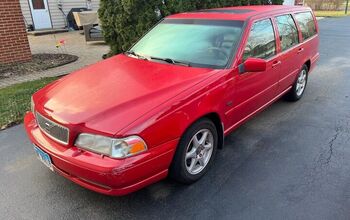



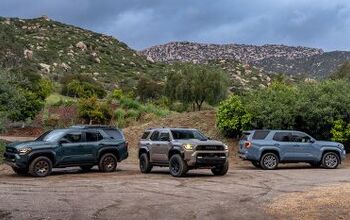
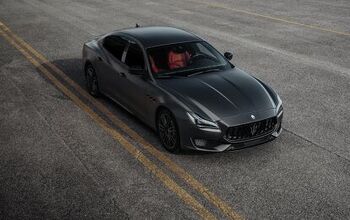
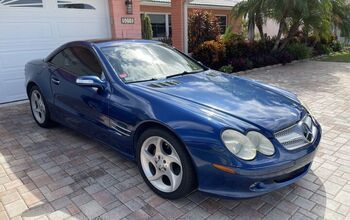
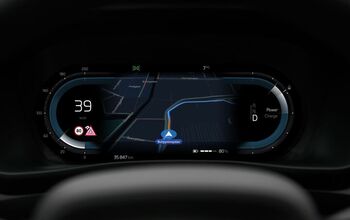
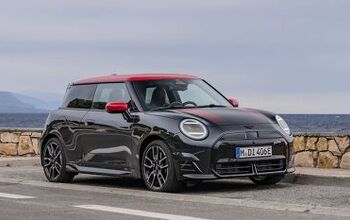

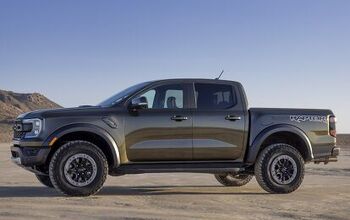

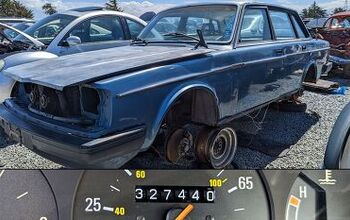

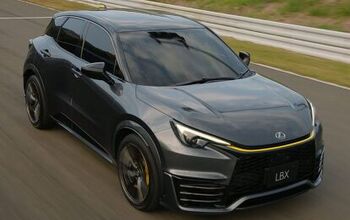
Comments
Join the conversation
There is an explanation for you: Maruti or Suzuki have nothing to do with US market so no one cares what they came up with this time. Jack would not help cause either.
An MPV is not a crossover. It’s a minivan, with or without sliding doors. Putting crossover styling cues on them doesn’t make them any more of a crossover than the Prius C was when they cladded it up. What we call minivans are generally much bigger than MPVs elsewhere, but the Mazda 5 and Kia Rondo were proper MPVs, like the vehicles in the article. The Renault Scenic pretty much defined the category.